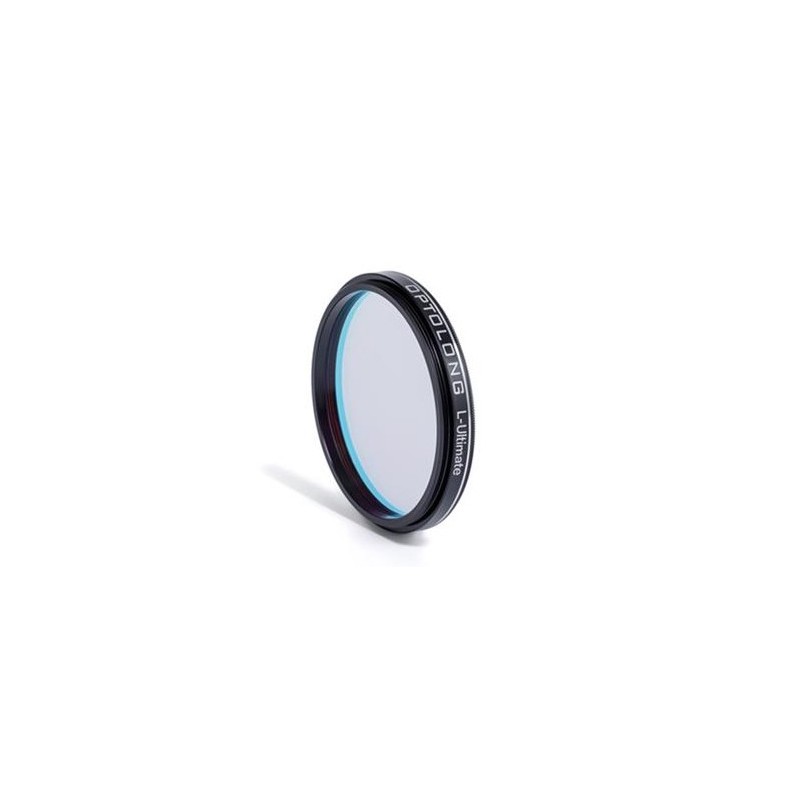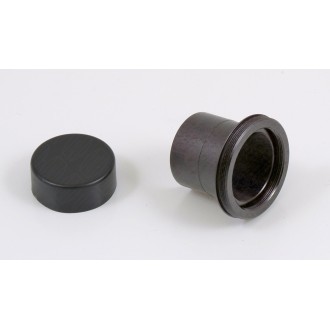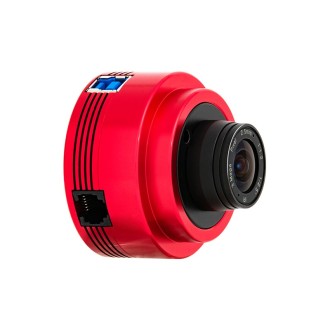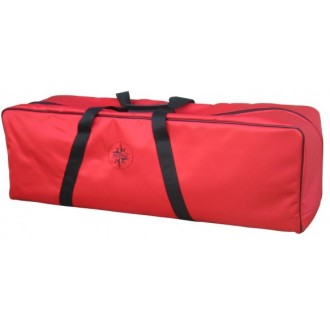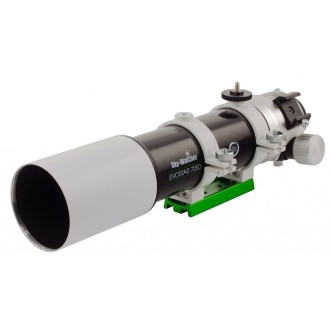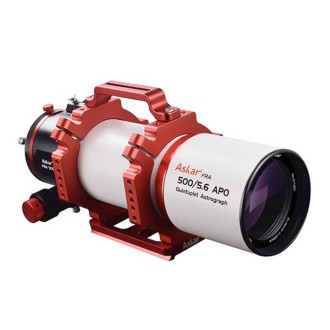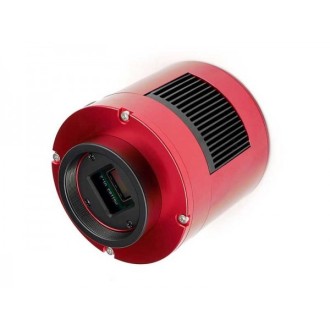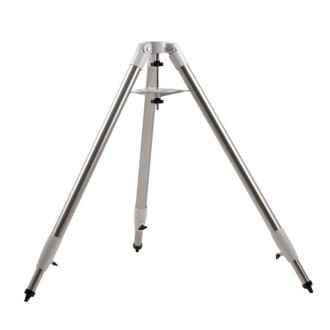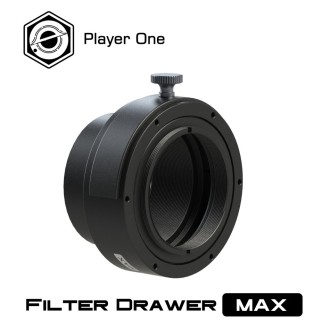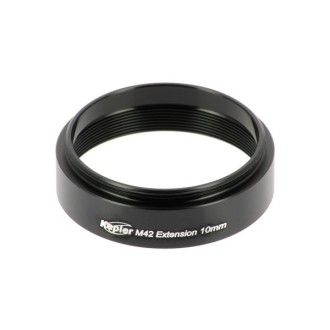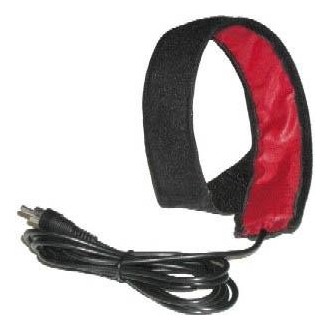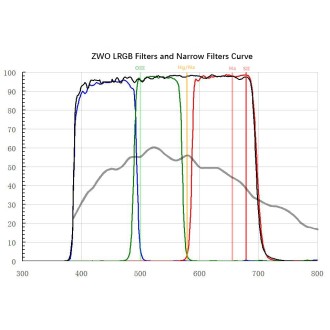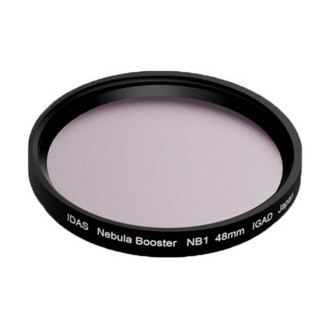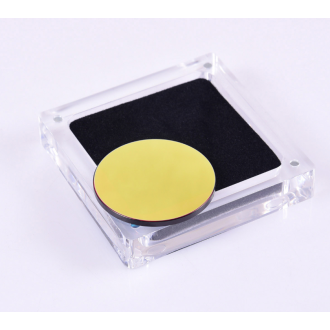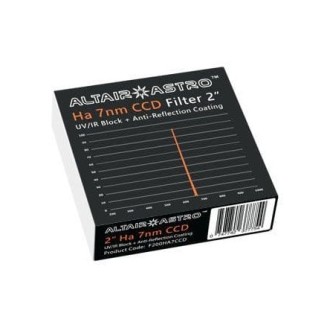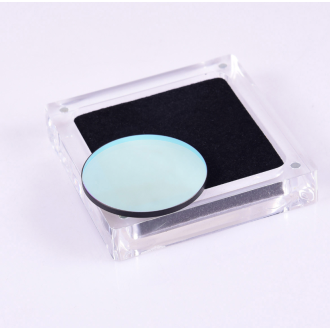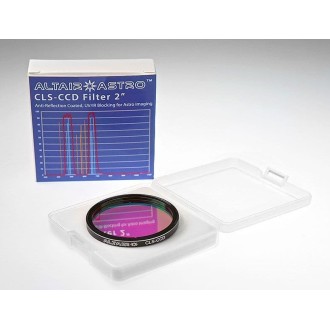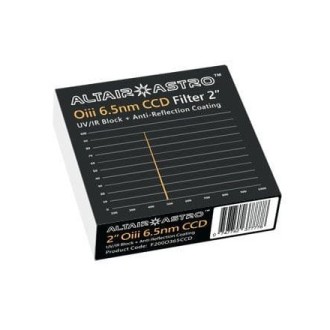New 3nm dual OPTOLONG filter(H-Alpha, red and OIII, green-blue) designed to drastically reduce the effect of light pollution. It blocks light pollution, darkening the sky background. It also blocks artificial light from mercury vapor, high and low pressure sodium vapor, and unwanted daylight caused by neutral oxygen emission in our atmosphere
| Carrier | Description | Estimated Delivery | ||
|---|---|---|---|---|
 |
Home delivery - International | Home delivery - International |
Friday, 21 March - Friday, 28 March |
|

Home delivery - International
Home delivery - International
Estimated delivery:
Friday, 21 March - Friday, 28 March
OPTOLONG L-ULTIMATE 2" Dual 3nm Filter
This is a dual 3nm narrow band filter designed to drastically reduce the effect of light pollution, the 3nm isolates nebulae emissions in H-Alpha (red) and OIII (blue-green). It blocks light pollution, maximizes the signal from nebulae and darkens the sky background. It also blocks artificial light from mercury vapor lamps, high and low pressure sodium vapor lights, and unwanted daylight caused by neutral oxygen emission in our atmosphere. Maximizes the transmission of the main nebula emission lines in OIII (496nm and 500nm) and H-alpha (656nm). Used with DSLR, color CMOS/MONO and CCD, however, this filter is not suitable for fast ratio systems.
The advantage of the L-Ultimate is that it only lets through the OIII(500.7nm) and Ha(656.3nm) emission lines, in which case all other light pollution emission lines are eliminated, so that only emission and reflection signals from the nebula are captured during imaging. Therefore, the sky background of the image is darker, and the contrast between the nebulae and the signal-to-noise ratio are enhanced to the maximum. In high light pollution areas, the product can also selectively filter out light pollution and clutter signals through the emission lines of nebulae, and finally avoid the impact of light pollution on astrophotography.
It differs from the narrowband L-eNhance and L-eXtreme series in that L-Ultimate is only a 3nm bandwidth filter. Thus, it is a much more restrictive filter that will allow much better contrast of structures in nebulae. A darker sky background, more image contrast and suppression on stars is achieved. L-Ultimate has also been optimized in terms of halo performance, so that there is no obvious halo when shooting on a bright stellar object.
General features:
* Filter in 2" with threaded cell
| Substrate | optical glass |
| FWHM | OIII 3nm Ha 3nm |
| Blocking range | 300-1000nm |
| Blocking | >OD4 |
| Surface quality | 60/40 |
| RMS wavefront transmission | λ/4 |
| Parallax | 30seconds |
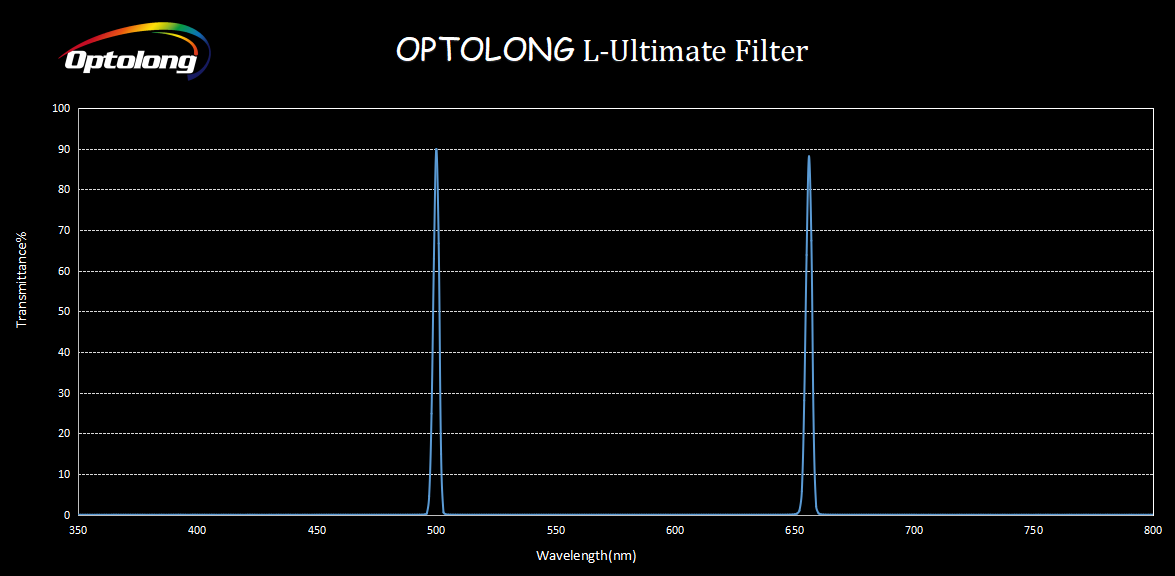
Coating technology
-Multi-layer anti-reflection coating
-Non-cementitious optical substrate coating
-The Optolong filter adopts precision coating based on ion-assisted deposition coating technology to ensure durability and scratch resistance, as well as CWL (center wavelength) stability, with no deviation affected by temperature changes.
-The planetary rotation system offers precision and homogeneity of coatings, ensuring high value in passband transmission and output band optical density.
L-Ultimate filter performance
Flying Bat and Squid Nebulae in the constellation Cepheus.
Squid (OU4) is a region characterized by very faint OIII emission with a bipolar shape reminiscent of planetary nebulae. Recent studies suggest that Ou4 is actually internal to SH2-129 (the flying bat nebula emitting H-alpha, reddish in the image), generated by a centrally located triple star system (HR8119, visible as the bright star at the center of Calamar).
The distance to our solar system is estimated to be about 1300 light years.
The lights were taken over 2 years, with a total integration equivalent to 29 hours (21.5 for OU4 and 7.5 for SH2-129).
This project gave me the opportunity to test the Omegon veTEC 571C camera and the Optolong L-Ultimate filter with excellent results for both products.
Lights: 258x300s (Ou4, L-Extreme) + 30x900s (Sh2-129, L-Ultimate)
Telescope1: Apocromatic TS PhotoLine 102 f/5.6 Triplet FPL53
Telescope2: Takahashi FS60CB @ f/4.2
Camera1: ZWO ASI 294mc Pro
Camera2: Omegon veTEC 571C
Mount: Skywatcher AZ-EQ6 GT
Filters: Astronomical filter Optolong L-Extreme + L-Ultimate
Processing: DeepSkyStacker, Photoshop CC, PixInsight
Credit: Tommaso Massimo Stella (Italy)

Sharpless 129
Canon Eos MK IV mod by CentralDS 30x900" ISO3200
Optolong L-Ultimate
Credit:José Jiménez (Spain)
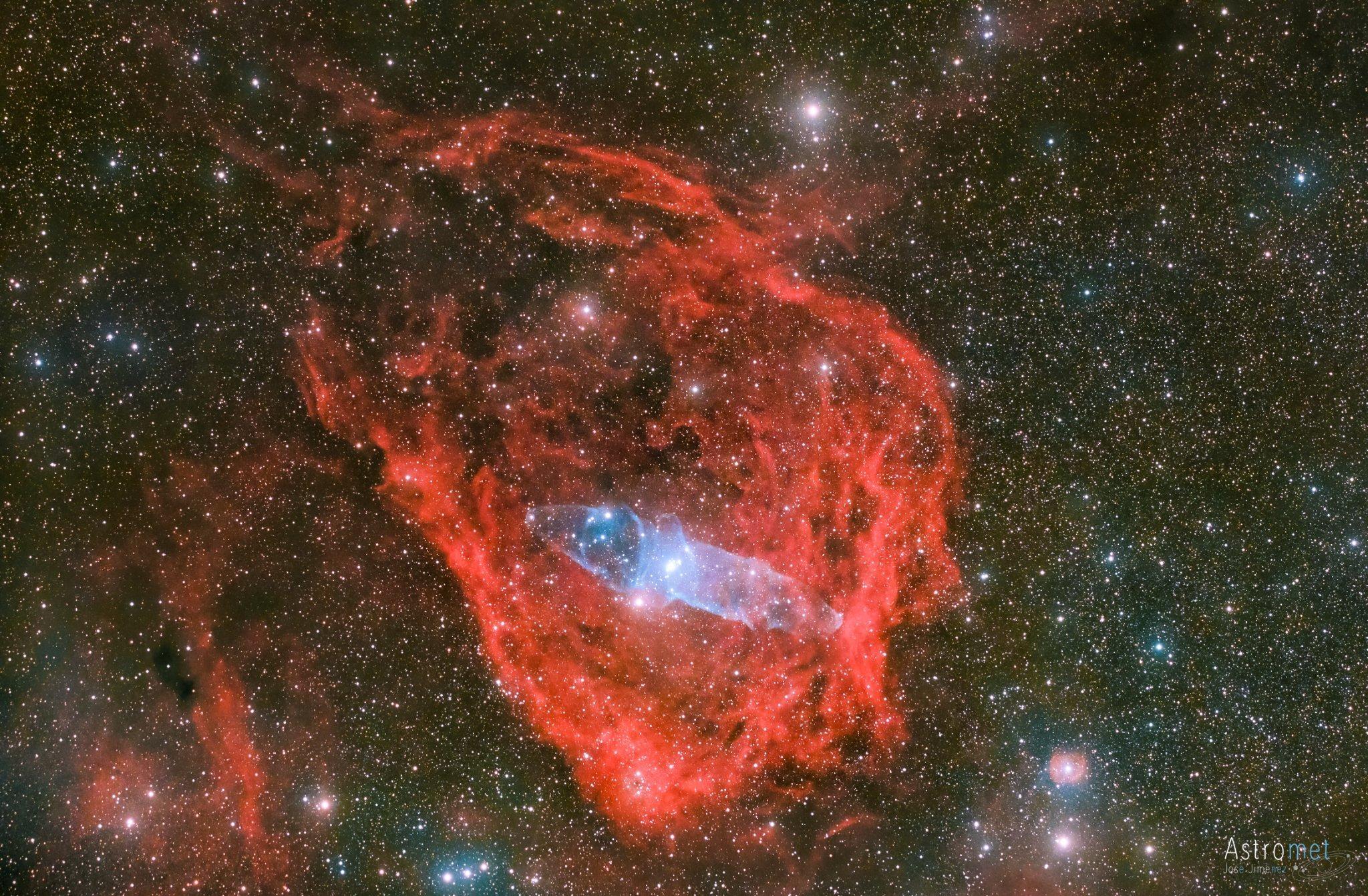
OPTOLONG L-ULTIMATE 2" Dual 3nm Filter

